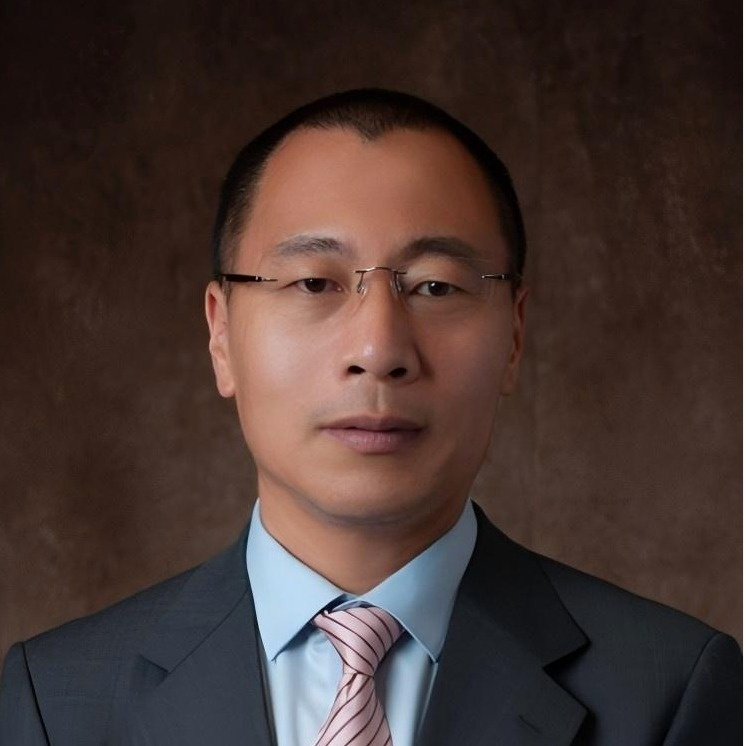Areas of Focus
- Molecular mechanisms of tumor development and immune microenvironment
- Bioinformatics and AI deep learning methods for screening molecular targets and small molecule drugs
Work Experience
- 2019-2020 - Case Western Reserve University School of Medicine - Senior Visiting Scholar
Academic Background & Achievements
- Doctorate: Not mentioned
- Achievement: Deputy Head of the Art Group of the Education Branch of the Chinese Medical Association
- Achievement: Standing Member of the Liaoning Traditional Chinese Medicine Evidence-Based Medicine Committee
- Achievement: National Second-Level Psychological Counselor
Publications
- TEAD4: A key regulator of tumor metastasis and chemoresistance -Mechanisms and therapeutic implications, Corresponding Author, 2024
- Unraveling the molecular mechanisms of flavonoid biosynthesis in Panax notoginseng flowers across planting patterns and developmental stages using integrated metabolomics and transcriptomics analyses, Corresponding Author, 2024
- Regulation of the tumor immune microenvironment by the Hippo Pathway: Implications for cancer immunotherapy, Corresponding Author, 2023
- Potential roles of N6-methyladenosine (m6A) in immune cells, Corresponding Author, 2023
- TEAD4 functions as a prognostic biomarker and triggers EMT via PI3K/AKT pathway in bladder cancer, Corresponding Author, 2022
- Immunotherapy checkpoints in ovarian cancer vasculogenic mimicry: Tumor immune microenvironments, and drugs, Corresponding Author, 2022
- Comparative analysis of floral scent profiles between two Chimonanthus praecox plants under different rhythms and blooming stages, Corresponding Author, 2022
- Metformin targets a YAP1-TEAD4 complex via AMPKα to regulate CCNE1/2 in bladder cancer cells, Corresponding Author, 2019
- IL‐17A promotes cell migration and invasion of glioblastoma cells via activation of PI3K/AKT signaling pathway, Corresponding Author, 2019





